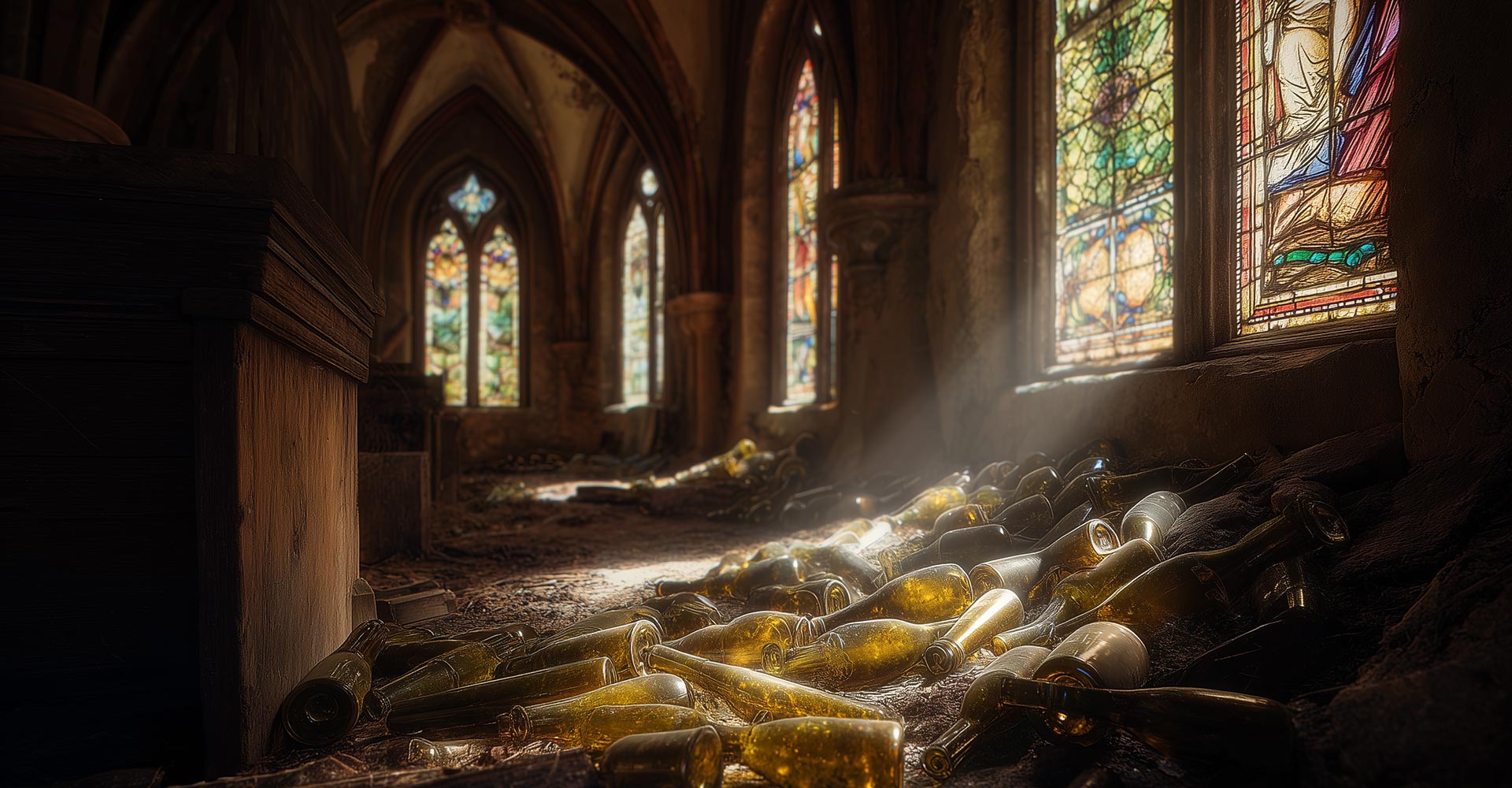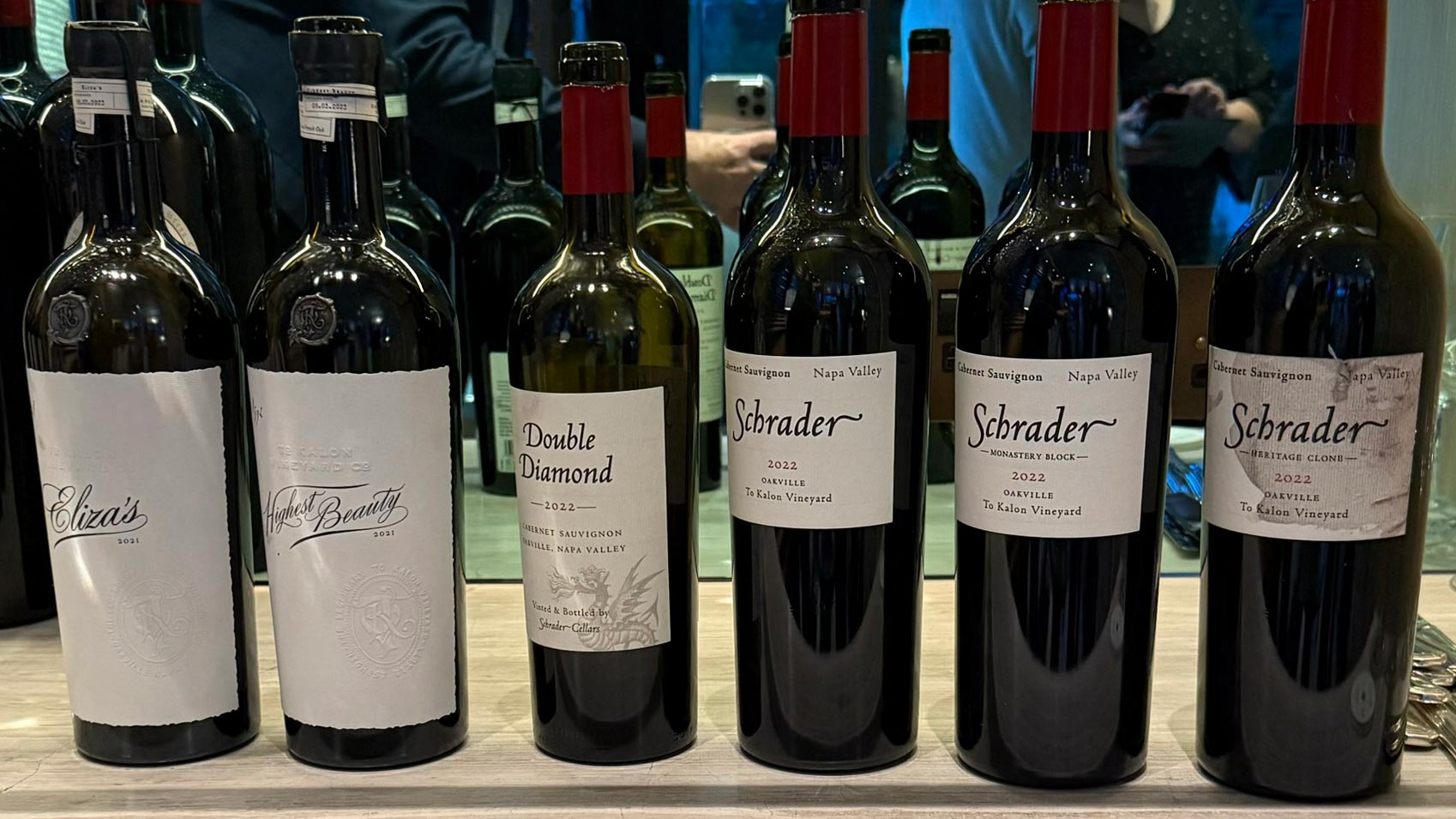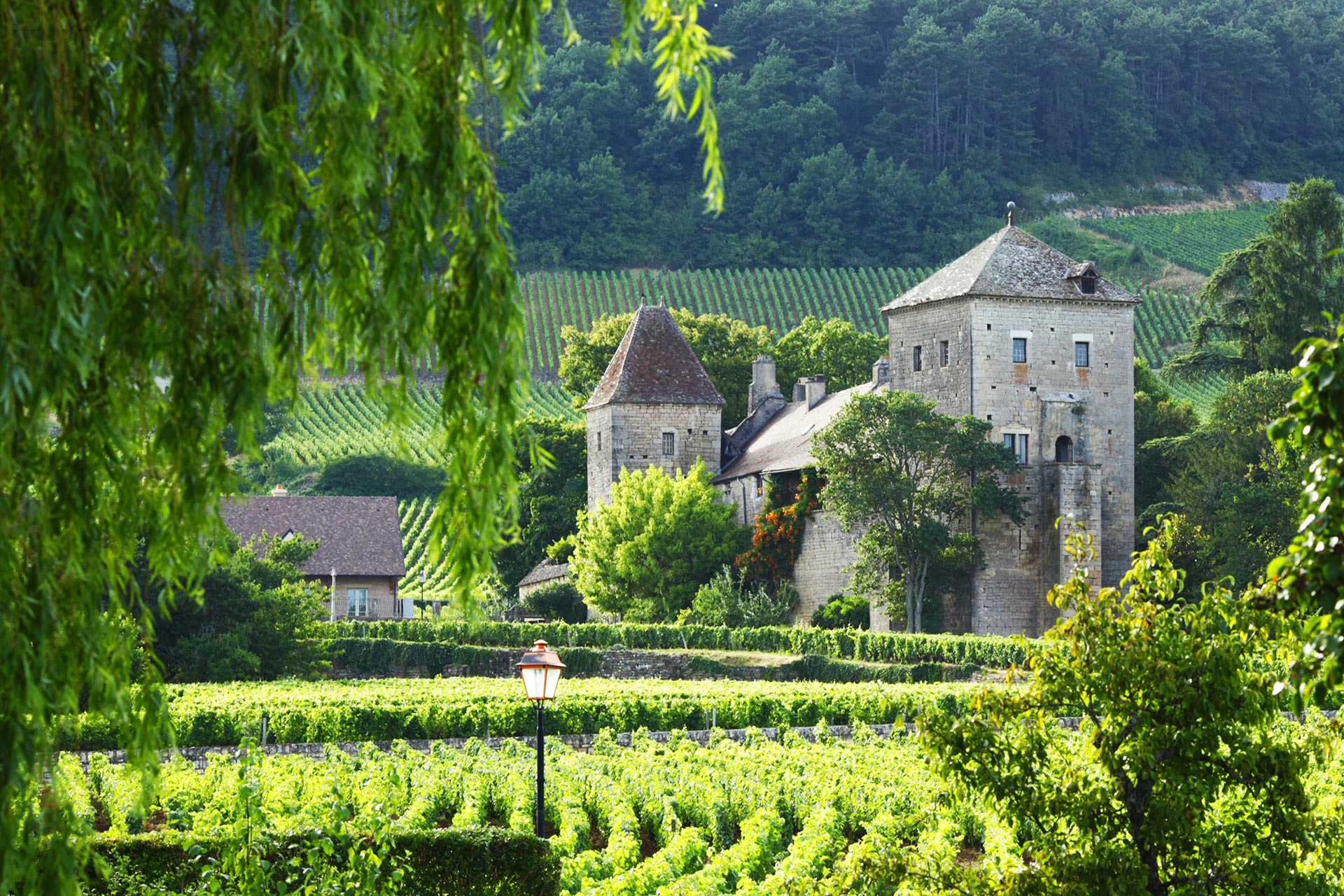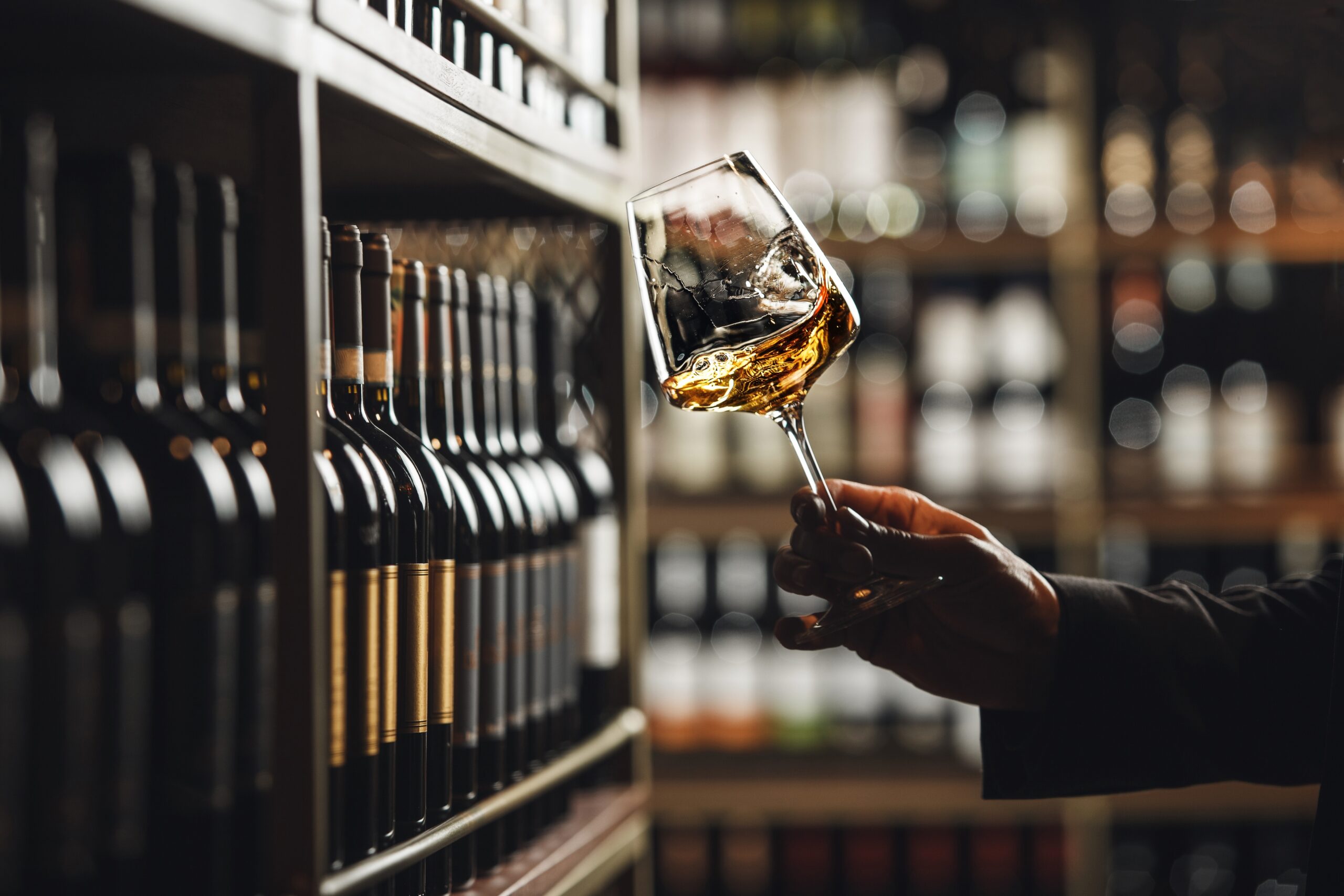Why Old Wine is Never Just Old Wine
Some stories start with a dusty bottle, others with a diver in a wetsuit who really should be looking for shipwreck gold but instead surfaces with Champagne. Either way, the thrill is the same: a moment when time folds in on itself, and the past is suddenly there, corked and waiting.
These bottles aren’t just booze; they’re bottled time machines. They’ve survived revolutions, wars, tempests and—worst of all—customs officers. Some have been deliberately hidden, others lost entirely, only to reappear in an auction room with a price tag that could buy a villa in Tuscany. They remind us that sometimes, the best vintage is the one with the best tale.
Part I: Ancient Tipples and Neolithic Nose Notes
Before Napa was Instagramming its sunsets, people were fermenting grapes in Stone Age Georgia around 6000 BCE. Archaeologists unearthed clay jars with grape residue, some even decorated with little grape-cluster doodles. Cute, right? Except these were Neolithic Instagram posts that lasted 8,000 years. It’s a reminder that wine has been making us feel sophisticated for millennia.
In Egypt, Tutankhamun was buried with wine jars so well-labelled they’d put Bordeaux to shame: vintage year, vineyard location, chief vintner. Somewhere, a 14th-century BCE sommelier was definitely smug about their labelling game. If only they’d left tasting notes—imagine the bragging rights.
And then there’s the Speyer bottle—a 4th-century Roman bottle of wine still sealed. It’s now a murky olive-oil-and-wine smoothie that no one dares open. Think of it as Schrödinger’s wine: both priceless and probably disgusting. It sits there quietly, daring you to break history for a sip.
Part II: Forgotten Cellars—When History Hides Behind a Wall
Some treasures aren’t ancient—they’re just misplaced for a few centuries.
Take Liberty Hall Museum in New Jersey. In 2015, staff discovered a hidden cellar wall from Prohibition times. Behind it? Crates of Madeira from 1796, the drink of choice for the Founding Fathers. Bottles fetched up to $15,925 at auction—proof that sometimes the best investment is forgetting where you put your wine. It also proves that, occasionally, procrastination pays.
Or Becov Castle in Czechoslovakia, where 133 bottles of 19th-century fine wine were found under chapel floorboards in 1985, hidden by a fleeing aristocratic family accused of Nazi collaboration. Imagine their faces when they realised they’d left behind the Yquem. For historians, it was like finding liquid gold—minus the awkward family history.
Moral of the story? If you’re hiding wine, at least leave a note. Better yet, leave a map.
Part III: Treasures from the Deep
The Baltic Sea has gifted us two of the coolest wine finds in history.
- 1907 Heidsieck Monopole Champagne: Lost when a U-boat sank a ship bound for the Russian Tsar. Found 80 years later, still fizzy, still fabulous. Some bottles now sell for $275,000—proof that ageing gracefully isn’t just for Hollywood actors. Each cork popped is a toast to both luck and saltwater storage.
- 1840s Veuve Clicquot & Juglar: Initially smelled like “wet hair” (yum), but once it opened up, it was all spice and smoke. Also, very sweet—apparently 19th-century Russians liked their Champagne like syrup. Today, it’s a sensory postcard from an era of sugar-fuelled decadence.
Not all shipwrecks deliver treasures. The Civil War–era Mary-Celestia yielded wine tasting of diesel and crab water. File under: “Historical interest only.” Proof that not all wine improves with time—or seawater.
Part IV: When the Story is Too Good to be True
Cue the “Billionaire’s Vinegar” saga—Hardy Rodenstock’s supposed discovery of Thomas Jefferson’s personal wine bottles. The initials “Th.J.” were engraved on the glass, the auction price was record-breaking, and the story was irresistible… until science ruined the fun. It was a plot twist worthy of a crime novel, only stickier.
Tool marks from a modern drill, missing historical records, and the presence of post-1945 isotopes confirmed it: fake. The Jefferson bottles went from “liquid history” to “liquid embarrassment,” changing the wine market forever by introducing rigorous scientific authentication. The moral? Always invite a scientist to the party.
Part V: Why We Fall for Wine Treasure Tales
Wine isn’t just fermented grape juice—it’s memory, romance, and occasionally, self-delusion. A great story can make a great wine even greater. Or, in some cases, make bad wine taste better, thanks to the curious way our brains react when told something is rare or expensive. Our palates can be surprisingly gullible.
That’s why a murky 4th-century bottle in a German museum is priceless, and why a shipwreck Champagne can fetch more than a luxury car. In wine, as in life, the story can be just as intoxicating as the contents. Which is why collectors will keep chasing the next great tale, one cork at a time.



